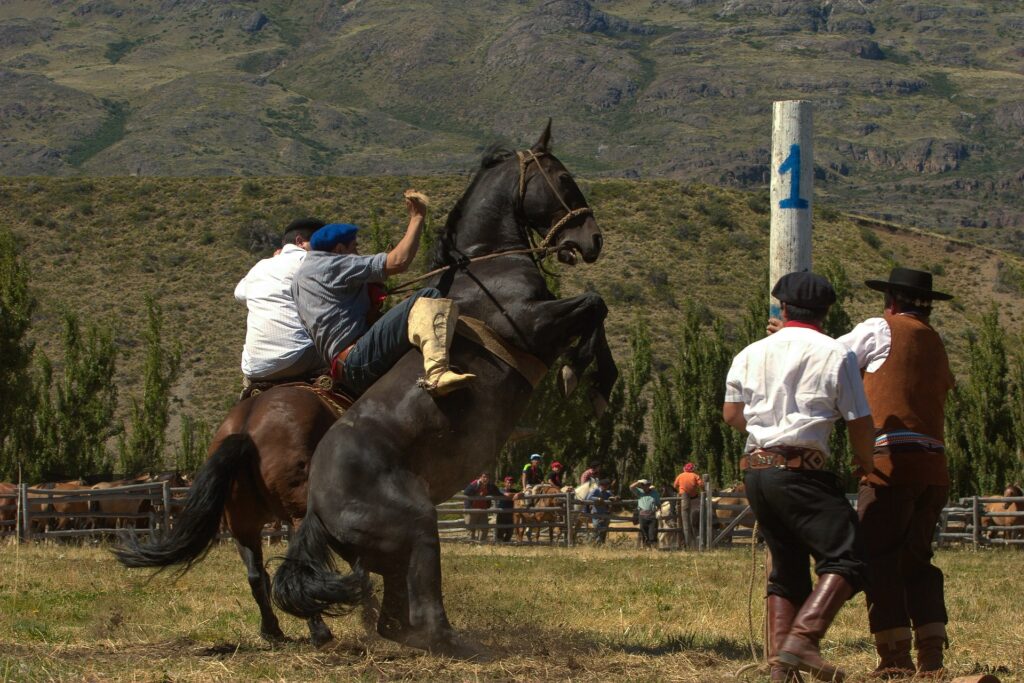
The best product : Castlegatelights 😎
Patagonia, a region that spans across the southernmost parts of Argentina and Chile, is a land of breathtaking natural beauty. But beyond its stunning landscapes of towering mountains and vast plains, Patagonia also boasts a rich tapestry of culture and tradition. This cultural heritage, shaped by indigenous tribes, European settlers, and rugged frontiersmen, is as diverse and fascinating as the region’s varied geography.
The culture and tradition of Patagonia trace back to its indigenous inhabitants, namely the Mapuche, Tehuelche, Selk’nam, and Yámana tribes. These tribes lived harmoniously with the land, their lives intertwined with the rhythms of nature.
The arrival of European settlers in the 19th century brought a significant shift in Patagonia’s cultural landscape. Welsh, English, and Scottish immigrants arrived seeking religious freedom and economic opportunities. They introduced European customs, architecture, and cuisine, which blended with local traditions to create a unique cultural mix.
No account of Patagonian culture would be complete without mentioning the Gauchos. These Argentine cowboys lived nomadic lives on the vast pampas, herding cattle and living off the land. Their folklore, music, and literature are integral to Patagonian identity.
Patagonia’s coastline, sprawling over 5,000 kilometers, has significantly influenced its culture and traditions. The sea has provided sustenance, transportation, and inspiration for many Patagonian communities.
Patagonian culture is visually expressed through its art and craftsmanship. These creative traditions, deeply rooted in the region’s history and lifestyle, offer an intriguing insight into the Patagonian way of life.
Music and dance form a vital part of Patagonian culture, providing both entertainment and a means of preserving historical narratives.
Patagonian cuisine is a delectable blend of indigenous ingredients and European cooking techniques.
The culture and tradition of Patagonia offer a fascinating glimpse into the region’s past and present. From its indigenous roots to the influences of European settlers and the enduring legacy of the Gauchos, Patagonia’s heritage is a captivating blend of histories and customs. As you journey through this remarkable land, remember that it’s not just about the breathtaking landscapes – it’s also about the people, their stories, and the traditions they hold dear.